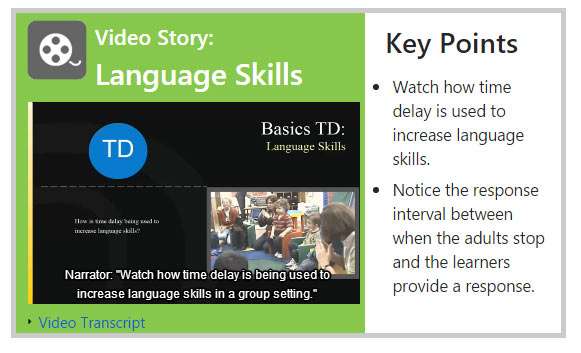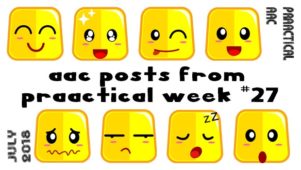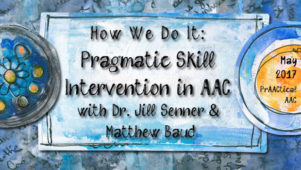Building AAC Intervention Skills: Skillful Use of Time Delay
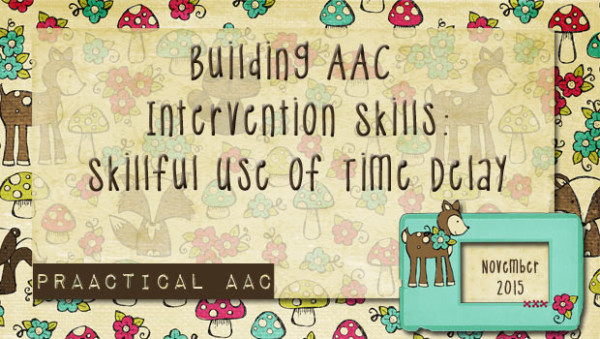
The effectiveness of AAC therapy is probably more related to the skill of the individual interventionist than it is to the therapist’s professional discipline. Whether our backgrounds are in SLP, special education, OT, or behaviorism, we all strive to further develop our skills in implementing AAC instruction.
In today’s post, we invite you to join us on a journey of therapy skill-building. We start by learning more about two types of time delay, constant time delay and progressive time delay, both of which have are research-supported strategies for learners with ASD and other developmental disabilities. They are important tools for helping AAC learners generalize their communication skills across settings and minimize the possibility of prompt dependency.
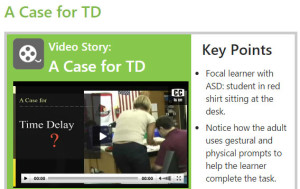 The team at Autism Focused Intervention Resources and Modules (AFIRM), a project of the National Professional Development Center on ASD at the Frank Graham Porter Child Development Institute at the University of North Carolina at Chapel Hill, has created some wonderful online learning modules to help professionals from any discipline build their efficacy.
The team at Autism Focused Intervention Resources and Modules (AFIRM), a project of the National Professional Development Center on ASD at the Frank Graham Porter Child Development Institute at the University of North Carolina at Chapel Hill, has created some wonderful online learning modules to help professionals from any discipline build their efficacy.
In this module, we will learn about implementing time delay to support communication learning. Please note that you will need to register for a free account to participate, and that you can choose either a certificate track (if you need documentation of having completed it) or a non-certificate track. Whether you are new to AAC intervention or have quite a bit of experience, you’ll take away valuable information that will boost your clinical efficacy.
Many thanks to the AFIRM project for making this available.
Filed under: PrAACtical Thinking
Tagged With: AFIRM, Frank Graham Porter Child Development Institute, intervention, intervention skills, National Professional Development Center on ASD, time delay
This post was written by Carole Zangari
